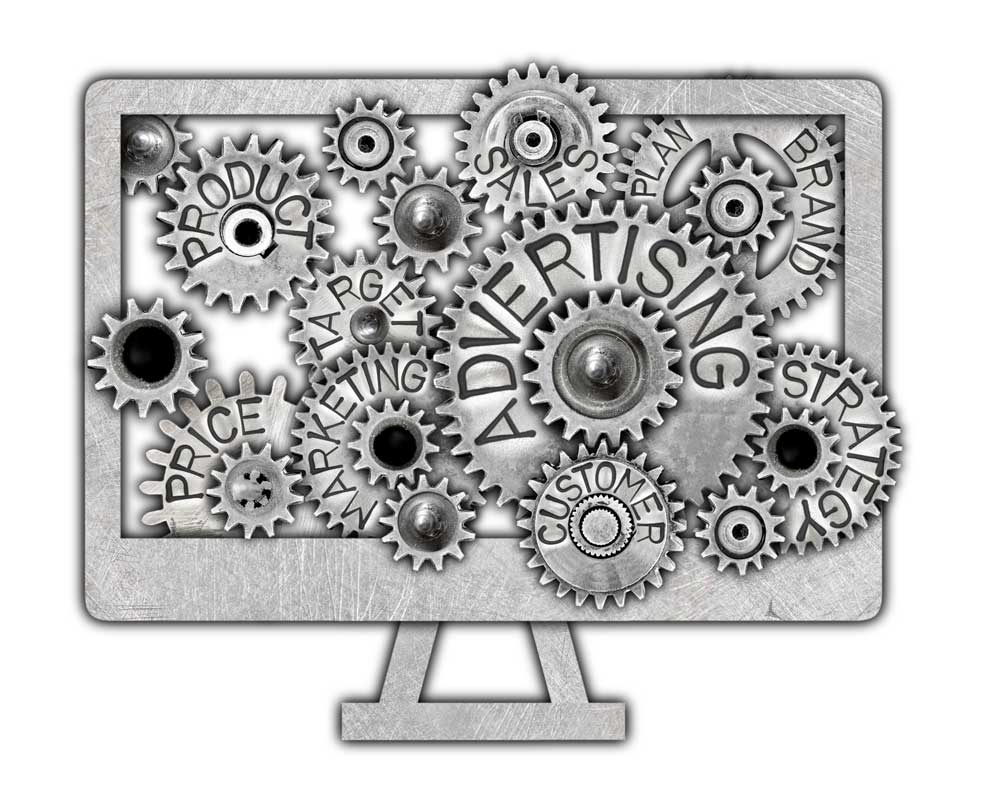B2B Plus D2D
Developers are fundamentally consumers like anyone else. Like other B2B audiences, they look for information about the tools they need through industry media and sites, search engines, peers, and social media. Within these sites, they spend a lot of time on developer-to-developer (D2D) communities. These can include communities built around technical discussions and articles (like CodeProject), or those built around an industry influencer like Alvin Ashcraft’s blog featuring curated content (Morning Dew). For brands to advertise successfully in these environments, it’s important to employ these developer advertising strategy principles.
Advertising Is a Marathon, Not a Sprint
Sure, developer advertising has specialized requirements. But, developers are people first. They need those 15 touchpoints just as much as the next person. When you plan your advertising, strategize around a year’s worth of campaigns, not just a single, month-long campaign.
Keep It Developer-Friendly
Data and anecdotal evidence support a few key principles in keeping your advertising developer-focused and developer-friendly.
- Avoid pop-up advertising
- Web banner advertising works
- Place your brand in developer forums and portals
- Be present in D2D community and industry newsletters
- Ad links should direct developers to something useful
Balance Activation and Branding Ads
Depending on your brand’s longevity in the market, you will need to consider if the balance of sales activation and brand recognition advertising is right for your needs. Conventional wisdom suggests that the mix should include more activation then brand advertising the younger your company is; however, this may change around particular campaigns. Launching a product in a new market may mean your brand is new to that segment.
Plan Experiments to Test Assumptions
You know what you know, and hopefully you also know what you don’t. The unknown unknowns may get you, but shame on you if you don’t take the opportunity to fill in the missing data. Review your past year’s campaigns and look at what worked and what didn’t. Then, ask yourself if you have enough information to draw a conclusion as to why. Where you don’t have enough, use this year’s campaigns to test assumptions and hypotheses.
Make Meaningful Measurements
Lead generation, click-throughs, and traffic are just some of the many metrics you need to measure. They are necessary, but not sufficient. As you set up your campaigns (and experiments), ask more meaningful questions that point to the quality of clicks, like “How many conversions do you get from an ad campaign to sign-ups (or sales, or whatever is closer to a final goal then a click)?” Other more meaningful metrics can include time on the ultimate landing page, return visits, and content depth.
That’s a Wrap
Your advertising strategy for developers will be similar to that of other B2B audiences. Because of the nature of the industry, developers have a technical focus and tend to trust advertising that is in the context of their D2D communities. When running these campaigns, don’t forget that all the other rules apply. Campaigns should be constructed with meaningful metrics, in such a way that you can get meaningful data about your audience and your campaigns — not just leads. Campaigns that have balance and longevity built in are more likely to succeed. Finally, because you are addressing a technical audience, make sure you employ messaging and positioning best practices that are developer-focused and developer-friendly.



